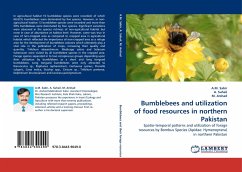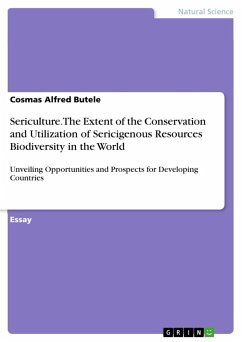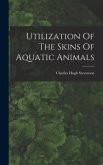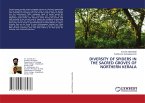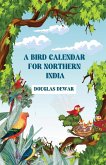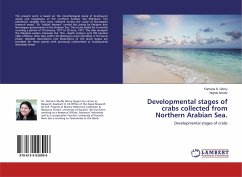In agricultural habitat 10 bumblebee species were recorded; of which 68.62% bumblebees were dominated by five species. However, in non-agricultural habitat 13 bumblebee species were recorded and more than 50% bumblebees were dominated by four species. Significant variations were observed in the species richness of non-agricultural habitat but none in case of abundance at habitat level. However, same was true in case of non-cropped area as compared to cropped area in agricultural habitat which reflected the importance of non-cropped area as a refuge area for the development of bumblebee colonies which ultimately play a vital role in the pollination of crops, increasing their quality and quantity. Trifolium alexandrinum. Medicago sativa and Solanum tuberosum were visited by all bumblebee species in the cropped area. Forage species separated in to two conspicuous groups depending upon their utilization by bumblebees as a short and long tongued bumblebees. Long tongued bumblebees were only attracted to Ranunculus sp., Raphanus raphanistrum, Centaurea cyanus, Prunella vulgaris, Cana indica, Stachys spp., Cirsium sp., Trifolium pretense, Delphinium brunonianum and Lonicera periclymenum.
Bitte wählen Sie Ihr Anliegen aus.
Rechnungen
Retourenschein anfordern
Bestellstatus
Storno

